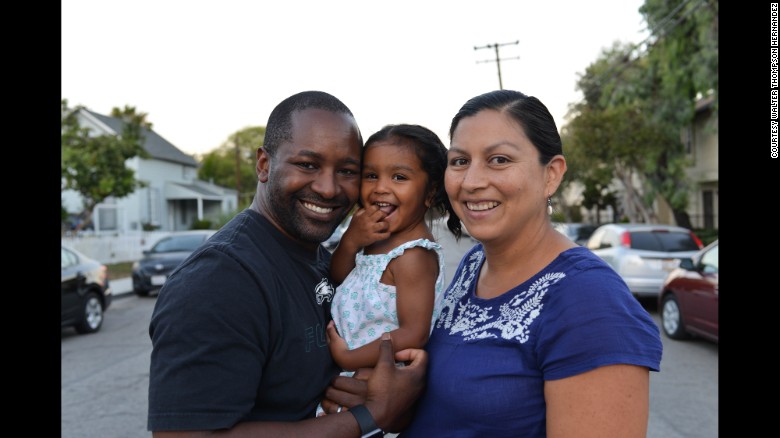Why I Created #ObamaAndKidsPosted in Articles, Arts, Barack Obama, Media Archive, United States on 2016-03-03 16:55Z by Steven |
Medium
2016-02-21

(Pete Souza/White House)
THURSDAY, February 18, 2016. The White House. Washington, DC. President Barack Obama was about to enter the room, when I noticed a young boy standing next to me, dressed in a jacket and tie, looking to get to the front of the crowd. This would be the last Black History Month celebration at The White House during the presidency of the first African-American in the history of The United States to hold the highest office in the land. When I asked the young boy if he needed help, he turned to me, and with a smile, he kept it moving, with his mother behind him, he led her around the various adults in his way, ultimately disappearing into the crowd in front.
Historical, this event would become. Not because of any major announcement the President or The First Lady would make from the podium, but because of a photo of that young boy, dressed in a jacket and tie, that would capture the attention of the world. They ultimately got to the front, standing against the rope that separated, by only a few feet, the audience from Barack and Michelle.
When the President finished his speech, he came down to the rope-line to greet the invited guests, and eventually arrived at the feet of the young boy. The President reached out to touch the boy’s face, and the remarkable White House photographer Pete Souza, did what he does best; snapped another iconic photograph of President Obama and a child who innocently knows nothing of the importance of that moment…
Read the entire article here.

